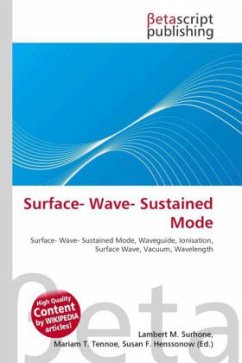High Quality Content by WIKIPEDIA articles! Nuclear fusion usually occurs within a star as a part of stellar nucleosynthesis. However, an accreting star can undergo surface nuclear burning when the accretion rate exceeds a certain limit. The stellar luminosity then becomes dominated by hydrogen burning. It is one of the few direct views physicists have of thermonuclear fusion. The energy liberated by hydrogen burning exceeds that due to accretion by an order of magnitude or more, depending on the mass of the star. Steady hydrogen burning on the stellar surface processes hydrogen into helium at the rate of accretion. Surface fusion occurs above a star's photosphere to a limited extent as found in studies of near coronal and corona activity. Instabilities in the a nuclear-burning accretion layer can naturally account for variability (recurrent transient behavior).
Bitte wählen Sie Ihr Anliegen aus.
Rechnungen
Retourenschein anfordern
Bestellstatus
Storno








